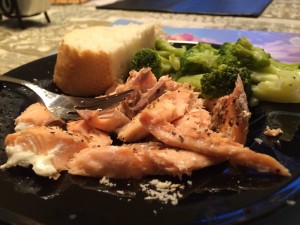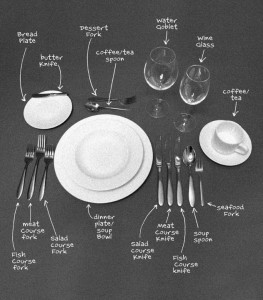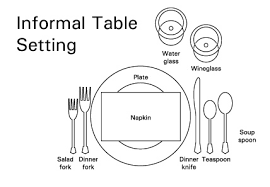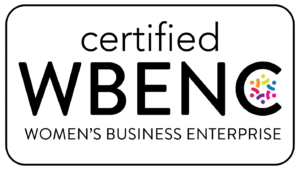Proper Table Etiquette Can Seal A Business Deal
Successful business dealmaking is often clinched on the golf course, in secret, and over steak dinners. When powerful men and women convene over a meal, it is imperative that everyone puts into action best practices especially when it comes to table etiquette.
Appropriate dining etiquette and protocol can help you seal the deal and increase your level of respect. It can also set a precedent that paves the way for you to make important connections throughout your career.
Listed below are a few “do’s and don’ts” to consider as you prepare to chat with your business prospects over dinner. Neither list is meant to be exhaustive so keep in mind that there is more to consider as you prepare for your dinner meeting.
Do:
- Place your napkin on your lap. When using your napkin, be sure to blot your mouth and not wipe
- When the server asks what you desire to drink, water, juice or iced tea are always safe choices. If your host orders wine and you are a wine drinker, it is okay to order 1 glass of wine; sip it slowly. Keep in mind that you want to remain alert and responsive. Keep in mind the purpose of the meeting.
- If water is on the table when you are seated, it is appropriate to sip your water AFTER everyone is seated and after you have placed your napkin in your lap
- For other beverages and foods, wait until everyone has been served and do not eat until your host has begun
- When your host picks up his/her fork, you may follow suit
- If you do not know how to eat a certain food, follow the lead of your host
- When you pick up the bread basket, offer it to the person to your left, serve yourself, then pass it to the person on your right
- Pass butter and condiments in the same fashion that you passed the bread basket
- Keep your elbows off the table
- Use your utensils from the outside in
- Cut one bite at a time
- Take small bites without stuffing your mouth
- Chew with your mouth closed without making noise
- As you are eating, be sure to keep pace with everyone (you should not finish your meal before your table mates)
- Drink your beverage slowly
- Excuse yourself from the table if you have to blow your nose. Always wash your hands before returning to the table
- Ask to be excused before leaving the table
- If your napkin falls onto the floor and it is within easy reach, retrieve it graciously. If you are unable to retrieve it without drawing attention to yourself, ask the server for another one
- If you need to leave the table, place your napkin on your chair, folded loosely. After the meal is over, place your napkin on the table to the left side of your plate NEVER on your plate
- Feel free to accept coffee or hot tea after the meal if it is offered
Don’t:
- Talk about anything that would offend others or anything that would take their appetite; DO NOT GOSSIP
- Pick over your food or be a slow eater
- Initiate criticism as a topic of conversation
- Dunk food into your food, soup or beverage
- Mix your food together
- Slurp your soup or blow on it
- Help yourself to the bread basket or other foods until your host indicates you may do so
- Consume alcoholic beverages if you are younger than 21 years old.
To signal the waitstaff that you are done with your meal, picture the face of a clock and place your silverware parallel to each other. The handles of your knife and fork should be at the 4:00 position and the tines of your fork and the point of your knife should be at the 10:00 position. The blade of the knife should point inward toward you. Do not place the utensils on the table.
Your host will most likely pay for the check so at the conclusion of the meal, be sure to thank him/her and wrap up with final comments that you want to be a lasting and favorable impression.
In conclusion, remember that it is important to (1) follow the lead of your host, (2) remember the purpose of the meeting and (3) avoid steamrolling your table mates during the dinner conversation. Discretion is a critical element as you establish the relationship with your prospects. Lack of discretion could be a ticket to a loss opportunity.
Always put your best foot forward and strive for excellence in all that you do.
Formal and informal dinner table setting examples are included in today’s blog.







I liked that you mentioned that it is proper etiquette to wait until everyone has their food to start eating. My kids are getting older and we are trying to teach them proper etiquette when it comes to dining. We would like to find a casual restaurant near us that they can enjoy, where we can also teach them how to behave in a restaurant.